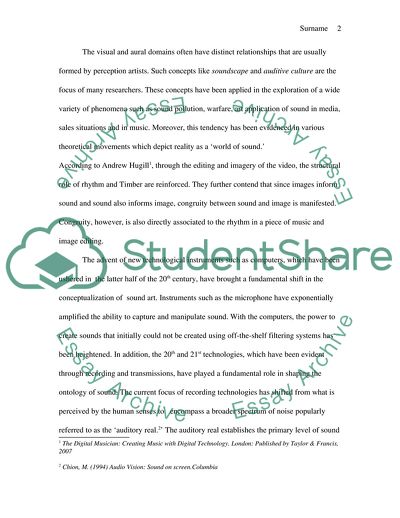Cite this document
(Origins of Sound Installation Report Example | Topics and Well Written Essays - 1500 words, n.d.)
Origins of Sound Installation Report Example | Topics and Well Written Essays - 1500 words. https://studentshare.org/culture/1723567-origins-of-sound-installation
Origins of Sound Installation Report Example | Topics and Well Written Essays - 1500 words. https://studentshare.org/culture/1723567-origins-of-sound-installation
(Origins of Sound Installation Report Example | Topics and Well Written Essays - 1500 Words)
Origins of Sound Installation Report Example | Topics and Well Written Essays - 1500 Words. https://studentshare.org/culture/1723567-origins-of-sound-installation.
Origins of Sound Installation Report Example | Topics and Well Written Essays - 1500 Words. https://studentshare.org/culture/1723567-origins-of-sound-installation.
“Origins of Sound Installation Report Example | Topics and Well Written Essays - 1500 Words”. https://studentshare.org/culture/1723567-origins-of-sound-installation.


